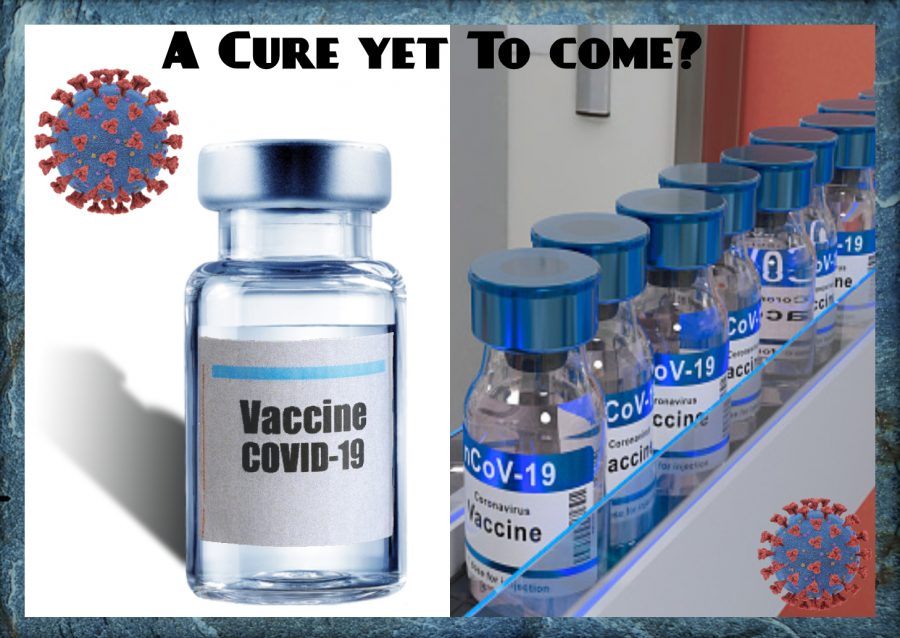Progress on the COVID-19 Vaccine
Graphic By: Dominick Zarcadoolas
Graphic by Dominick Zarcadoolas
September 18, 2020
It’s now been about half a year since states in the U.S. first went on lockdown. With every passing day, Americans are getting more and more anxious for an end to the COVID-19 pandemic and a return to normalcy. The only feasible way for this to happen would be through a vaccine, which, if successful, would allow people to at least get out of their houses, so that other aspects of daily life could return to normal.
Although scientists and researchers are racing to get a vaccine out to the public, vaccine engineering requires numerous trials and tests in order to ensure its safety and effectiveness, which could take anywhere from a year to a year and a half (Mayo Clinic).
To add, it’s recently been revealed that President Trump already knew of the severity of COVID-19 in February and downplayed it because he didn’t want to panic Americans, further delaying the progression of the entire process (The Guardian).
Expressing her frustration over this fact, sophomore Natalia Montgomery says, “I think that as president, it should have been Trump’s top priority to prepare us for this once he knew… if it was taken more seriously sooner, we would be in a much better place; not just in regards to being able to go outside— thousands of lives would have been saved.”
Sophomore Matthew Castillo adds, “It wasn’t until early March that he publicly acknowledged its existence, and even then, he wrote it off, saying it was a harmless flu-like illness. He’s even been quoted saying something along the lines of ‘right now there are 15 cases of coronavirus in the U.S. In two weeks, it will be zero.’”
However, some progress still has been made on the vaccine. Numerous companies in countries all over the world have been rushing towards developing a vaccine; the competition has been described as the “COVID-19 vaccine race”.
One company, out of several, Moderna, performed tests that had promising results, on two groups of ten adults between the ages of 56 and 70, and 71 and above. The vaccine generated a favorable immune response among the test subjects, and had no severe side effects (CNBC).
According to The New York Times’ Coronavirus Vaccine Tracker, there are only three vaccines that are “approved for early or limited use,” and zero that are approved for full use as of September 10.
Nevertheless, in order for vaccines to be effective enough to ‘end’ the pandemic, or at the least get infection rates and death counts down, it must be distributed to and received by enough people, which is a crucial step that many forget. However, this can be extremely time consuming and it will most definitely take a while for vaccines to reach the people who need them.
As the director of the Institute for Vaccine Safety at Johns Hopkins explains, “Vaccines don’t save lives. Vaccinations save lives,” (USA Today).






